
Like a New Year’s resolution, motivation to exercise has gradually faded. During the pandemic, it may have seemed a lot easier to exercise when you had only two choices, stay at home all day or get out and get moving. But now, many have lost their motivation to exercise again.
Five Quick Motivation Fixes
Here are some quick fixes to help get back on track with ways to improve your fitness motivation in the New Year.
Plan your exercise for when it’s easiest to do and then treat your workouts like appointments.
This might mean exercising as soon as you get up in the morning, like me, or mid-afternoon or after a day of work at home. Whenever you start your workout for the day, before temptations and obstacles begin, be organized and have a routine. Do not miss your workout session; going in with the mindset that you have to accomplish it is an excellent way to increase adherence and motivation.
Make it easy to exercise.
Do not make it a challenge to plan exercise ahead of time. For example, I lay out and pack up my workout gear in the evening as to be ready for when I go off in the morning. Do as many things as you can beforehand so that, when the time comes, starting your workout is easy. Break the process of exercising into chunks and then maximize your workout time:
- Step 1, requiring a little bit of effort: Get changed into workout gear.
- Step 2: Step out the door and on your way to your planned workout.
Before you know it, it’s harder to not exercise than to exercise.
Reduce your time.
Workouts shouldn’t take hours on end. No one has the time or motivation to be stuck working that long. Instead, change up your workouts with supersets. A superset is two or more exercises stacked together with little or no rest between them to create a more efficient workout. It’s your best friend during workouts because it helps you get more done in less time.
Ideal for building strength, pair two or more exercises that work opposing muscle groups, like Chest Press and Bent-over Rows.
While working the same muscle groups, for example Squats and Glute-Bridges, compound sets work on muscle endurance and are great for improving muscle definition.
Lastly, if you are working two different muscle groups like lower- and upper-body, this is considered a circuit. It’s great for burning fat. An example would be a push-up and squat, row and lunge, or RDL and Triceps Pushdowns.
Get excited to go shopping!
A huge motivation is to buy a new piece of workout gear. Get yourself excited to get back into exercise by buying something you’ve been eyeing. Workout gear could be anything, as long as it gets you excited to use it: a new watch with a GPS tracker, new workout clothes and running shoes, or even a new jump rope or dumbbells for your home gym.
Do what you enjoy.
If you find yourself wanting to jump rope or take a fitness class instead of doing burpees and bench press, it’s better to do what you want to do. Keeping it simple requires a lot less mental effort and requires minimal motivation. Repeat exercises that felt good and don’t try to force yourself to do something you think you should do.
A New Start in the New Year
It may sound cliché to say it, but make the new year an opportunity to develop a healthier lifestyle. If you don’t know the exercise lingo I used or you are a novice at working out, talk with a personal trainer or fitness professional who can help you put together workouts that are time efficient and effective routines that you’ll enjoy. By making some of the easy changes I have suggested, you can make enormous improvements in your motivation as we head into the New Year.
This blog was written by Michael Blume, MS, SCCC; Athletic Performance Coach. To learn more about the NIFS bloggers, click here.


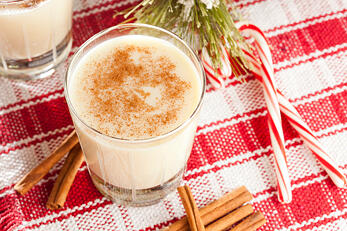
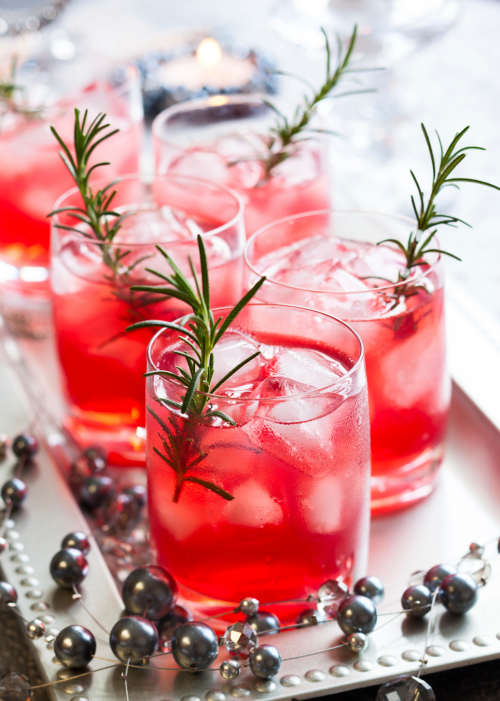

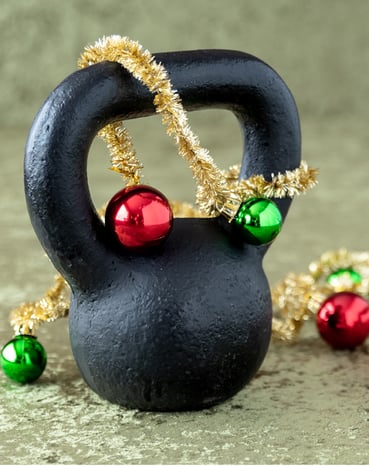 I don’t know about you, but often during the holidays it just seems easy to blow off your daily workout. You have done well up to this point, staying committed and getting yourself into the gym or out for a run. But with the dark evenings, busy work schedule, and possibly some travel, it tends to be the first thing to take off the list. It’s important for your body to take a break, but if you need some tips on how to keep yourself going, keep reading!
I don’t know about you, but often during the holidays it just seems easy to blow off your daily workout. You have done well up to this point, staying committed and getting yourself into the gym or out for a run. But with the dark evenings, busy work schedule, and possibly some travel, it tends to be the first thing to take off the list. It’s important for your body to take a break, but if you need some tips on how to keep yourself going, keep reading! If your looking for a new challenge in the new year consider registering for the
If your looking for a new challenge in the new year consider registering for the 
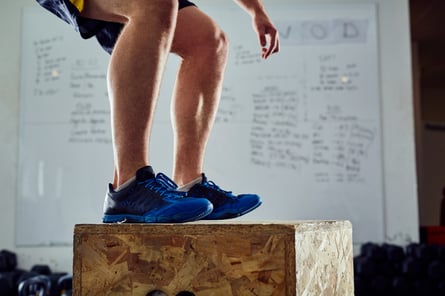 As an athlete there is no substitute for the ability to produce power and be explosive during your sport. From competitive weightlifters and NFL-caliber football players to distance runners, producing (and absorbing) high impacts is crucial for succeeding in your sport as well as staying healthy throughout your competition season. Are you incorporating any of these exercises into your current program?
As an athlete there is no substitute for the ability to produce power and be explosive during your sport. From competitive weightlifters and NFL-caliber football players to distance runners, producing (and absorbing) high impacts is crucial for succeeding in your sport as well as staying healthy throughout your competition season. Are you incorporating any of these exercises into your current program?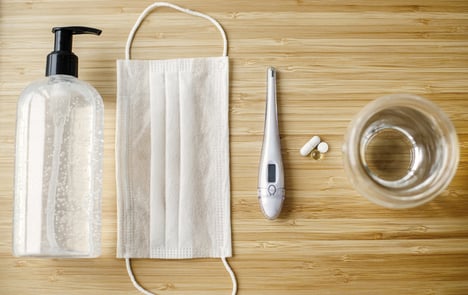 Healthcare providers and scientists are all working diligently to find ways to prevent, treat, and cure COVID-19. Many of us are eager for answers and probably getting tired of not knowing what to believe. One of the hot topics floating around is about Vitamin D’s role in preventing COVID-19. Can Vitamin D really protect us against COVID-19 or at least lessen the effects? Let’s take a look.
Healthcare providers and scientists are all working diligently to find ways to prevent, treat, and cure COVID-19. Many of us are eager for answers and probably getting tired of not knowing what to believe. One of the hot topics floating around is about Vitamin D’s role in preventing COVID-19. Can Vitamin D really protect us against COVID-19 or at least lessen the effects? Let’s take a look.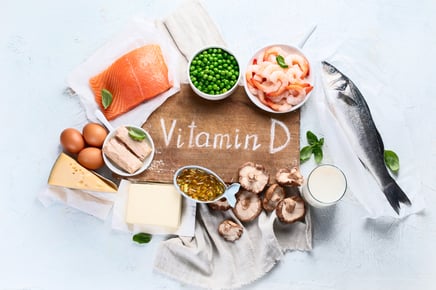 Vitamin D Recommendations
Vitamin D Recommendations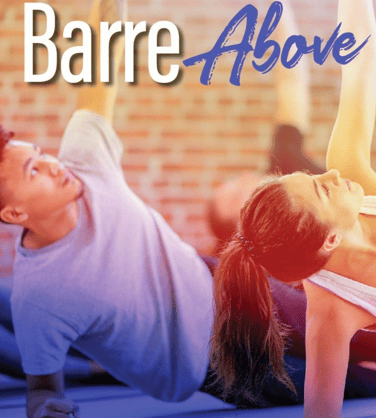 Are you looking for a workout to strengthen and tone muscles without increasing bulk, but have not found anything that you like doing? Have you always wanted to increase your cardiovascular endurance and metabolism but hate doing regular old boring cardio? Well I might have an answer for you…
Are you looking for a workout to strengthen and tone muscles without increasing bulk, but have not found anything that you like doing? Have you always wanted to increase your cardiovascular endurance and metabolism but hate doing regular old boring cardio? Well I might have an answer for you… 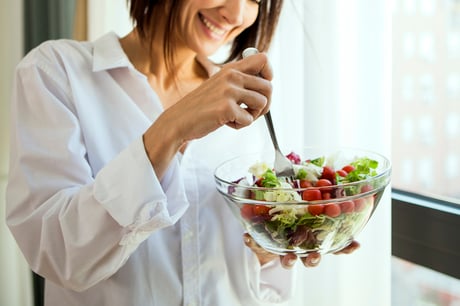 Come on. We've all heard this before—from friends, from coworkers, and possibly from our own mouths. I swear, salads are easily the most famous “diet food.” Why is that? Do we really have to eat salads to lose weight, clean out our “pipes,” or be healthy? In this blog I break down each of these claims and then talk about ways to improve your veggie game!
Come on. We've all heard this before—from friends, from coworkers, and possibly from our own mouths. I swear, salads are easily the most famous “diet food.” Why is that? Do we really have to eat salads to lose weight, clean out our “pipes,” or be healthy? In this blog I break down each of these claims and then talk about ways to improve your veggie game! As winter approaches, don’t let it discourage you from reaching your full potential and goals you’ve set for yourself. Continue to use exercise and strength training to keep your body healthy.
As winter approaches, don’t let it discourage you from reaching your full potential and goals you’ve set for yourself. Continue to use exercise and strength training to keep your body healthy. 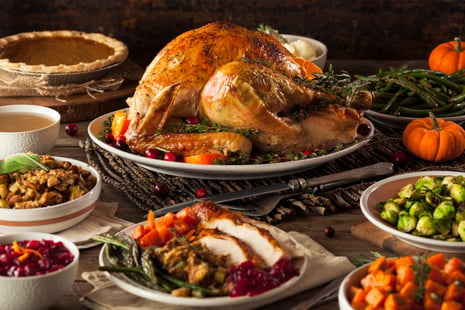 The holidays are HERE! We all know what happens around the holidays. I see two extremes in my practice as a Registered Dietitian:
The holidays are HERE! We all know what happens around the holidays. I see two extremes in my practice as a Registered Dietitian: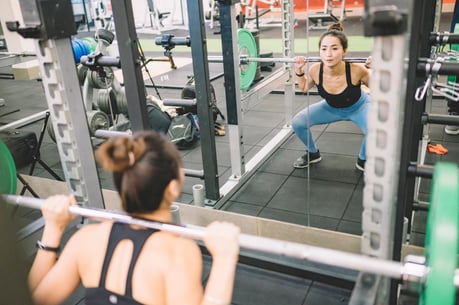 Fall is hands-down one of my favorite times of the year. There’s a crispness in the air, the leaves begin to change, there’s pumpkin-flavored everything, football season is in full swing, and there’s the return of a little phenomenon known as
Fall is hands-down one of my favorite times of the year. There’s a crispness in the air, the leaves begin to change, there’s pumpkin-flavored everything, football season is in full swing, and there’s the return of a little phenomenon known as